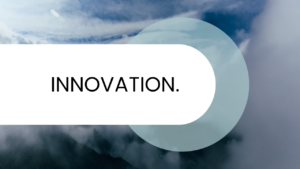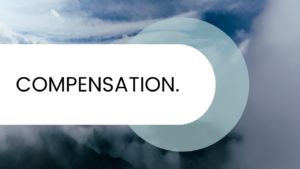Membership in Change
In guiding teams through transformation, we place significant emphasis on clearly defining the boundaries of those actively engaged in adopting new methodologies. This step is paramount because we’re dynamically altering the requirements and agreements within this space. Our approach revolves around inviting individuals, not coercing them, into this new way of working. We’re conveying the message that stepping into this domain entails a commitment to experimenting with novel approaches. To be ready signifies embracing change willingly. Our community comprises the enthusiastic, the passionate, and those eager to rediscover their work methodologies.
Questions on Membership
The following questions can be applied to the organization as a whole or the teams within it. Use them to provoke a conversation about what is present and what is possible.
- What kinds of membership exist in and around your organization?
- How is membership gained? How is it relinquished? How is it revoked?
- What do all members expect of one another?
- How are prospective members discovered and recruited?
- How are new members brought into the community?
- What is the nature of the relationships within and across teams?
- How do members move between teams and other boundaries?
- How are departing members carried out of the community?
What does it mean to be People Positive about Membership?
Recognize that everyone needs to feel a sense of belonging, both within the organization and within their teams. Don’t build a walled garden that no one can escape. Ensure your boundaries are porous enough for the membership to continually renew itself. Celebrate generative difference and make space for people to bring their whole selves to work.
What does it mean to be Complexity Conscious about Membership?
Accept that a vibrant membership of commitment and participation is a prerequisite for self-organization. Don’t limit yourself to the structures and policies of the past. It’s unlikely that an adaptive and resilient system is going to look like a traditional employer filled with twenty-year veterans. Think about the movements that inspire you. Model your membership after them.
Now that you are familiar with the dimensions of our theory, let’s discuss how we can apply it. Like many other tools, our approach can be used in different ways. It can be used descriptively to describe your own way of working or that of another team. It can be used diagnostically to analyse positive or negative patterns we have observed (e.g. why do new employees feel confused by the onboarding process?). In addition, some teams use our approach to envision how the organisation could evolve.
We use it primarily as an awareness-raising tool to capture stories, tensions and experiments that are happening in the real world. We ask the teams themselves to interpret what is happening. Regardless of the approach, our approach usually triggers a rethink in the teams as they begin to systemically rethink the way they work. A meeting is no longer just a meeting; it becomes a forum for belonging, an opportunity to share information, a chance for buy-in or even a potential waste of time. Our approach encourages such conversations, and these conversations will ultimately lead to change.
Every decision is associated with emotions. When you are faced with a decision, the subcortical structures in your brain are activated and trigger a cascade of emotions, instincts and bodily sensations. These elements influence a somatic decision or even bring it about before you are aware of it. This phenomenon is commonly referred to as a “gut feeling”. The interplay between our different thought systems happens so quickly and seamlessly that we often don’t even realise it. We may hold on to the belief that most of our decisions are made objectively and rationally, but this is not the case.
Therefore, at this point, you should have already made your decision. Somewhere in your mind or body, you know it. Either you believe that we need to change the way we work and are ready to take that step, or you don’t believe it and never will. Those who believe – the catalysts, the visionaries, the risk-takers – have understood that the future will not be a desirable place unless we change how we work together as humans to design and build the future in a way that employees will love coming to work.
So where do we go from here? The answer is simple; the implementation is a challenge. If you have some responsibility over others – in business, philanthropy, education, public service, your community or even at home – it’s your job to improve the humanity, vitality and adaptability of the current organisational system. If you are ready to do so, we can embark on this journey together.
You might also be interested in
INNOVATION IN CHANGE
How we learn & evolve; the creation of something new;...
INFORMATION IN CHANGE
How we share & use data; the flow of data,...
MEETINGS IN CHANGE
How we convene and coordinate; the many ways members and...
WORKFLOW IN CHANGE
How we divide and do the work; the path and...
COMPENSATION IN CHANGE
How we pay and provide the wages, salaries, benefits profits...
STRATEGY IN CHANGE
How we plan & prioritize; the process of identifying critical...






